If you’re wringing moisture out of a humid Florida home or trying to keep someone warm in Minneapolis at -5°F, you’re deliberately increasing the compression ratio to get results.
In those cases, we’re not optimizing for energy. We’re optimizing for comfort. And that’s okay. Comfort is the goal. Be sure to select equipment and airflow strategies that support the capacity needs without overworking the compressor.
Another thought to consider: inverters are really sensitive to power surges which, in my opinion, requires providing high quality surge protection or continuous over-voltage protection.
At Kalos, we’ve started providing these products for our customers.
Installation Details Make or Break Performance
Start by reading the manual (Yes, really) before you touch a tool. Read the manufacturer’s installation and service instructions. And here’s the thing — don’t just tell your installers to read it. You read it, then interpret it for them. Show them. Spell it out.
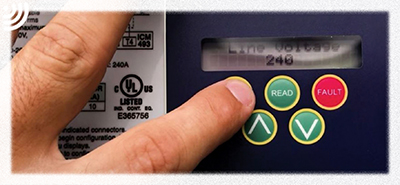
Inverter-driven equipment refers to a variable-frequency drive with ECM
compressors and fans that can be damaged by power outages. Image
courtesy of HVAC School.
Your techs aren’t lazy, they’re overwhelmed. Set them up for success with diagrams, geo-tagged photos, and job-specific checklists. That goes for charging modes, wiring protocols, and line set limits.
Most inverter problems I’ve seen come down to four issues:
- Improper wiring
- Poor control protection
- Bad charging
- Incorrect airflow.
If you don’t hit those four, you’re going to run into issues. For example, control boards are voltage sensitive. If you’re feeding 240V into a system tapped for 208V, you’re setting it up to fail.
And don’t get me started on grounding and shielding — if you’re not terminating that stuff correctly, get ready for a ghost hunt when intermittent faults start appearing.
Inverters Don’t Solve Duct Problems
One of the worst things you can do is drop an ECM blower or inverter system onto inadequate ductwork and expect it to fix airflow. That’s a recipe for blower wheels flying apart and humidity complaints.
I’ve heard too many customers say, “Ever since you installed that fancy new system, my house feels damp.” They’re not crazy. Dehumidification depends on long runtimes and cold evaporator temperatures. If you run the blower too fast or don’t stage capacity properly, you’re going to miss your moisture targets — even with all the best gear in the world.
So, you need to pay attention to airflow and duct design. Inverters are load-matching machines — they’ll spin up or down to meet demand. But if they’re fighting terrible ductwork, you’re going to see poor dehumidification, premature failures, and disappointed clients.
Don’t try to fix bad ducts with smart compressors. It doesn’t work.
Know When to Mount, Where to Mount
If you’re in a cold climate and using a cold-climate heat pump, get that unit up off the ground — but don’t mount it to the side of a house. When it ramps up in heating mode, it can resonate and vibrate like a banshee. In Florida? Not a big deal. In Boston? Be ready for some awkward callbacks.
Click Below for the Next Page:


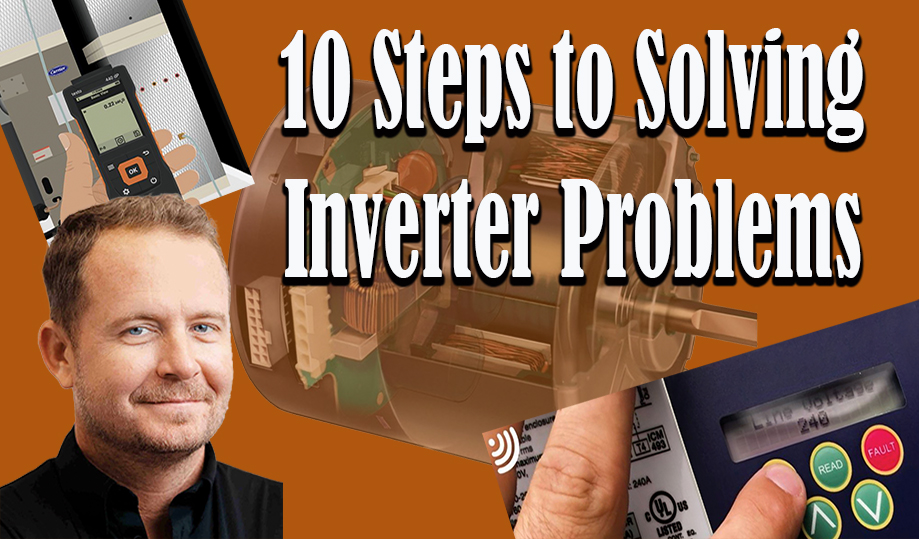
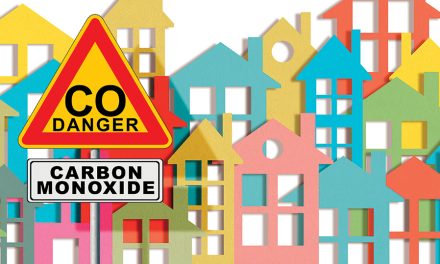
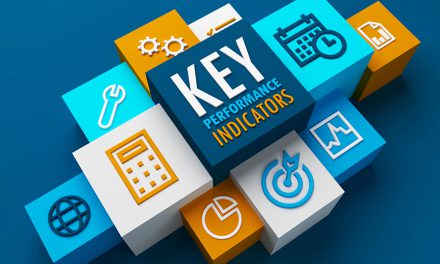


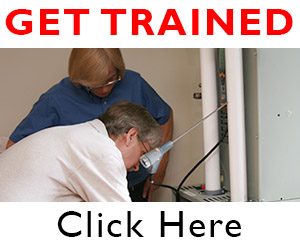





Great Article! I will use it to reinforce to our techs that what we do over here is what you do as well to make sure inverter systems and single/2-stage systems work as they should and to ensure customer satisfaction is exceeded.